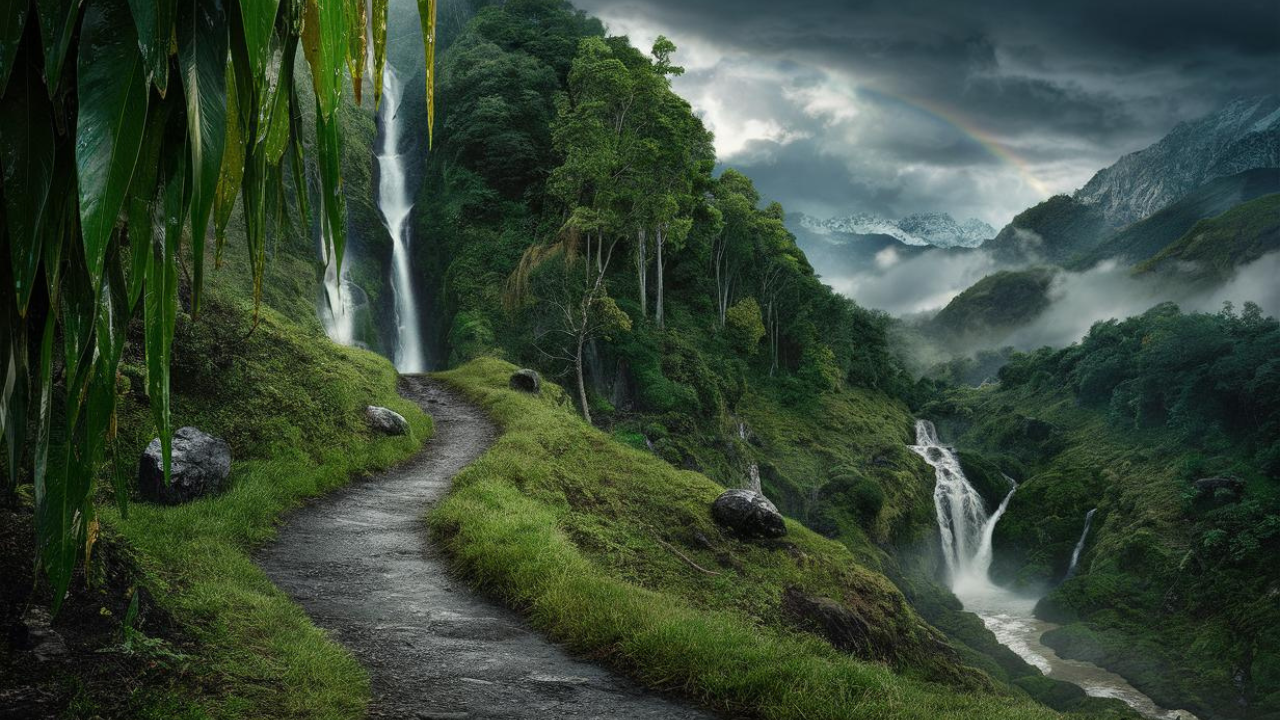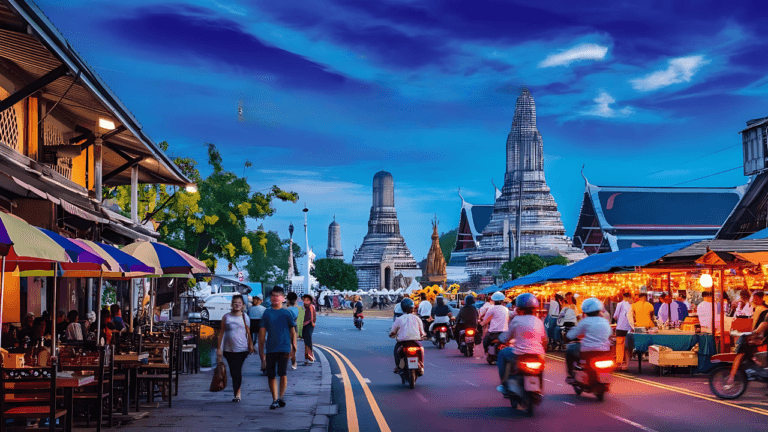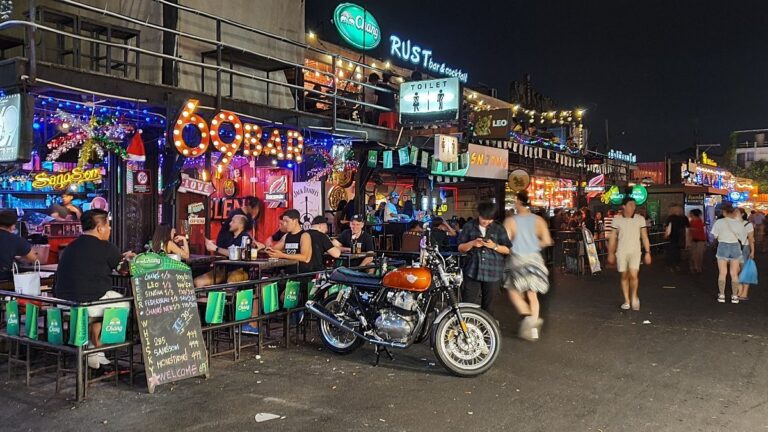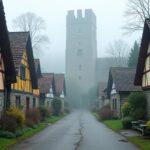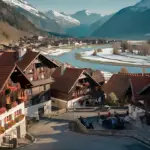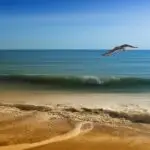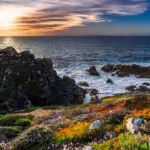The monsoon season in Nepal, spanning June through September, brings with it frequent rainfall and a lush, verdant landscape. While this season presents challenges such as slippery trails and potential landslides, it also offers a unique trekking experience with fewer crowds and vibrant scenery. Despite the tough weather, some regions provide excellent trekking opportunities even during the monsoon. Here’s a detailed guide to the best monsoon treks in Nepal, including costs and itineraries.
Contents
1. Annapurna Circuit Trek
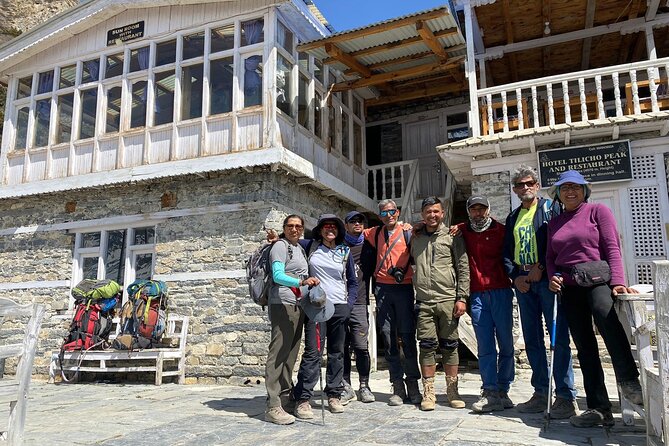
Overview:
Celebrated globally as one of the premier trekking routes, the Annapurna Circuit Trek provides an all-encompassing journey through the Annapurna region. This trek showcases an array of diverse landscapes, transitioning from lush subtropical forests to stark high-altitude deserts. Along the way, trekkers traverse quaint villages, terraced fields, and towering cliffs, ultimately reaching the renowned Throung La Pass at an elevation of 5,416 meters. The trek not only offers breathtaking scenery but also an immersive cultural experience, making it a must-do for adventure enthusiasts.
Highlights:
- Visit the Himalayan capital of Manang
- Cross Throung La Pass (5416m)
- Explore Muktinath, Kagbeni, and Jomsom
Itinerary:
- Day 1: Drive from Kathmandu to Bhulbhule (8 hours)
- Day 2: Trek to Jagat (6-7 hours)
- Day 3: Trek to Dharapani (6-7 hours)
- Day 4: Trek to Chame (5-6 hours)
- Day 5: Trek to Pisang (5-6 hours)
- Day 6: Trek to Manang (6-7 hours)
- Day 7: Acclimatization day in Manang
- Day 8: Trek to Yak Kharka (4-5 hours)
- Day 9: Trek to Thorong Phedi (3-4 hours)
- Day 10: Cross Throung La Pass and trek to Muktinath (7-8 hours)
- Day 11: Trek to Jomsom (5-6 hours)
- Day 12: Fly to Pokhara and then to Kathmandu
Cost:
- Permits: USD 40 (ACAP and TIMS)
- Guide and Porter: USD 30-35 per day
- Accommodation and Food: USD 25-30 per day
- Flights: USD 120 (Jomsom to Pokhara) + USD 100 (Pokhara to Kathmandu)
2. Tilicho Lake Trek

Overview:
Located in the scenic Manang district, Tilicho Lake holds the title of the world’s highest lake, perched at an impressive altitude of 4919 meters. The trek to Tilicho Lake is a journey through breathtaking landscapes, offering trekkers stunning panoramic views of the Annapurna range. The serene, turquoise waters of this high-altitude lake create a tranquil setting amidst the rugged mountains, making the trek a must for those seeking both adventure and natural beauty in the Himalayas. This trek is a perfect blend of challenge and reward, providing an unforgettable experience for trekkers of all levels.
Highlights:
- Highest lake in the world
- Majestic Himalayan views
- Visit to Manang village
Itinerary:
- Day 1: Drive from Kathmandu to Chame (8-9 hours)
- Day 2: Trek to Pisang (5-6 hours)
- Day 3: Trek to Manang (6-7 hours)
- Day 4: Acclimatization day in Manang
- Day 5: Trek to Tilicho Base Camp (4-5 hours)
- Day 6: Trek to Tilicho Lake and return to Base Camp (6-7 hours)
- Day 7: Trek back to Manang (4-5 hours)
- Day 8: Drive to Kathmandu
Cost:
- Permits: USD 40 (ACAP and TIMS)
- Guide and Porter: USD 30-35 per day
- Accommodation and Food: USD 25-30 per day
- Transport: USD 20-30 per day
3. Upper Mustang Trek
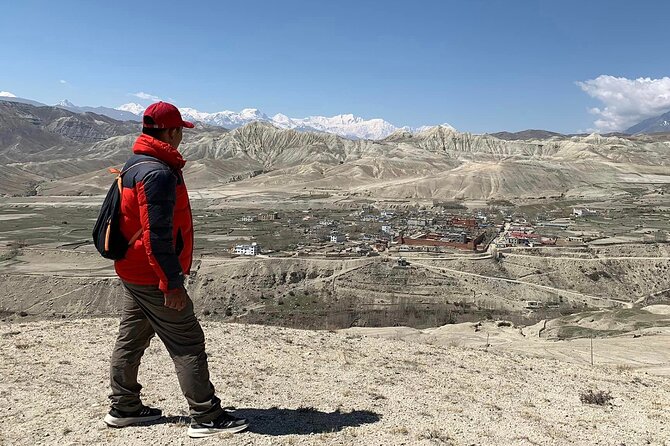
Overview:
Upper Mustang, often referred to as the last forbidden kingdom, is a fascinating destination bordering Tibet. This unique region, with its distinct Tibetan culture and ancient Buddhist monasteries, offers an extraordinary journey back in time. Situated in the rain shadow of the Himalayas, Upper Mustang experiences minimal rainfall, making it an ideal trekking destination during the monsoon season. The stark, arid landscapes, coupled with the vibrant, well-preserved traditions, provide trekkers with a rare and unforgettable adventure amidst the dramatic Himalayan scenery.
Highlights:
- Explore the walled city of Lo Manthang
- Tibetan-influenced culture and landscape
- Ancient monasteries and caves
Itinerary:
- Day 1: Fly from Kathmandu to Pokhara
- Day 2: Fly to Jomsom and trek to Kagbeni (3-4 hours)
- Day 3: Trek to Chele (5-6 hours)
- Day 4: Trek to Syanbochen (6-7 hours)
- Day 5: Trek to Ghemi (5-6 hours)
- Day 6: Trek to Tsarang (4-5 hours)
- Day 7: Trek to Lo Manthang (4-5 hours)
- Day 8: Explore Lo Manthang
- Day 9: Trek to Drakmar (6-7 hours)
- Day 10: Trek to Ghiling (5-6 hours)
- Day 11: Trek to Chhuksang (5-6 hours)
- Day 12: Trek to Jomsom (6-7 hours)
- Day 13: Fly to Pokhara and then to Kathmandu
Cost:
- Permits: USD 500 (Restricted Area Permit)
- Guide and Porter: USD 30-35 per day
- Accommodation and Food: USD 30-35 per day
- Flights: USD 120 (Jomsom to Pokhara) + USD 100 (Pokhara to Kathmandu)
4. Mardi Himal Trek
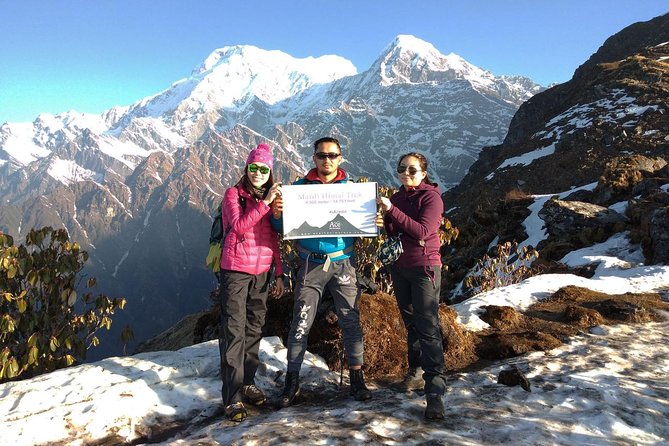
Overview:
Mardi Himal Trek, a relatively new and increasingly popular trekking route in the Annapurna region, offers a short yet incredibly scenic adventure. This trail takes you through enchanting rhododendron forests, quaint and charming villages, and along ridges that provide breathtaking views. As you ascend to the Mardi Himal Base Camp, you’ll be rewarded with stunning panoramas of the Annapurna range, Machapuchare (Fishtail), and Mardi Himal itself. This trek, which typically lasts 5-6 days, is perfect for those seeking a serene and less crowded path in the heart of the Himalayas.
Highlights:
- Stunning views of Annapurna, Machapuchare, and Mardi Himal
- Rhododendron forests
- Less crowded trail
Itinerary:
- Day 1: Drive from Pokhara to Kande and trek to Forest Camp (4-5 hours)
- Day 2: Trek to Low Camp (3-4 hours)
- Day 3: Trek to High Camp (3-4 hours)
- Day 4: Trek to Mardi Himal Base Camp and return to High Camp (6-7 hours)
- Day 5: Trek to Siding Village (5-6 hours)
- Day 6: Drive back to Pokhara
Cost:
- Permits: USD 40 (ACAP and TIMS)
- Guide and Porter: USD 30-35 per day
- Accommodation and Food: USD 20-25 per day
- Transport: USD 20-30 per day
5. Muktinath Jomsom Trek

Overview:
Often referred to as the Lower Mustang Trek, this trail attracts both trekkers and pilgrims, drawn by its diverse appeal. The journey leads to Muktinath, a revered religious site for both Hindus and Buddhists, nestled in the heart of the Himalayas. The trek not only showcases the spiritual significance of Muktinath but also offers a stunning blend of natural beauty and cultural richness. Trekkers will traverse through dramatic landscapes, from the Kali Gandaki Gorge to the sacred shrines, experiencing the harmonious coexistence of nature and spirituality.
Highlights:
- Visit Muktinath Temple
- Trek through the Kali Gandaki Gorge, the deepest gorge in the world
- Scenic views of Annapurna and Dhaulagiri ranges
Itinerary:
- Day 1: Fly from Pokhara to Jomsom and trek to Kagbeni (3-4 hours)
- Day 2: Trek to Muktinath (4-5 hours)
- Day 3: Explore Muktinath and trek back to Jomsom (5-6 hours)
- Day 4: Fly back to Pokhara
Cost:
- Permits: USD 40 (ACAP and TIMS)
- Guide and Porter: USD 30-35 per day
- Accommodation and Food: USD 20-25 per day
- Flights: USD 120 (Jomsom to Pokhara) + USD 100 (Pokhara to Kathmandu)
Tips for Monsoon Trekking in Nepal
- Pack Light but Wisely: Ensure you have waterproof clothing, good trekking boots, and a reliable backpack.
- Stay Informed: Always check the weather forecast and be prepared for sudden changes.
- Hire a Guide: Navigating during the monsoon can be tricky. A local guide can help you stay safe and make the most of your trek.
- Health Precautions: Carry insect repellent and be aware of the risk of leeches in certain areas.
- Travel Insurance: Make sure your insurance covers trekking and emergency evacuation.
FAQs about Best Monsoon Treks in Nepal
Q1: What are the best monsoon treks in Nepal?
A: The best monsoon treks in Nepal include the Annapurna Circuit Trek, Tilicho Lake Trek, Upper Mustang Trek, Mardi Himal Trek, and Muktinath Jomsom Trek. These trails are less affected by heavy rains due to their locations in the rain shadow areas of the Himalayas.
Q2: Is it safe to trek in Nepal during the monsoon season?
A: Yes, it is safe to trek in Nepal during the monsoon season, provided you choose the right trails. Regions like Upper Mustang and parts of the Annapurna Circuit are ideal as they receive minimal rainfall. Always check weather forecasts and consider hiring a local guide.
Q3: What should I pack for a monsoon trek in Nepal?
A: Essential items include waterproof clothing, sturdy trekking boots, a reliable backpack, insect repellent, quick-dry clothing, and a good-quality rain cover for your gear. It’s also wise to pack light but ensure you have all necessary items.
Q4: Do I need a guide for monsoon treks in Nepal?
A: While it’s possible to trek without a guide, hiring one is highly recommended during the monsoon season. A guide can help navigate slippery trails, avoid potential hazards like landslides, and provide valuable local knowledge.
Q5: How do I get permits for trekking in Nepal during the monsoon?
A: Permits such as the Annapurna Conservation Area Permit (ACAP) and the Trekkers’ Information Management System (TIMS) card are required for most treks. Restricted areas like Upper Mustang require special permits. These can be obtained through trekking agencies or the Nepal Tourism Board.
Q6: What are the accommodation options during monsoon treks?
A: Accommodation options include teahouses and lodges along the trekking routes. During the monsoon, availability is generally not an issue, but it’s advisable to plan your stops in advance due to potential weather-related disruptions.
Q7: Can I join a group for monsoon treks in Nepal?
A: Joining a group during the monsoon season can be challenging due to fewer trekkers. It’s often easier and safer to hire a guide and trek independently or with a small group organized by a trekking agency.
Q8: What are the highlights of the best monsoon treks in Nepal?
A: Highlights include crossing high mountain passes like Throung La on the Annapurna Circuit, visiting the sacred Muktinath Temple, exploring the ancient city of Lo Manthang in Upper Mustang, and enjoying the pristine beauty of Tilicho Lake and Mardi Himal.
Conclusion
Embarking on one of the best monsoon treks in Nepal offers a unique and rewarding experience, blending natural splendor with rich cultural heritage. While the monsoon season presents certain challenges, it also provides an opportunity to explore Nepal’s less crowded trails, enjoy vibrant landscapes, and connect deeply with the local culture. By choosing suitable treks like the Annapurna Circuit, Tilicho Lake, Upper Mustang, Mardi Himal, and Muktinath Jomsom, and with proper preparation and guidance, you can safely enjoy the beauty and adventure that Nepal’s monsoon treks have to offer. Whether you seek the serenity of high-altitude lakes, the spiritual solace of ancient temples, or the thrill of traversing dramatic landscapes, Nepal’s monsoon treks promise an unforgettable journey.

